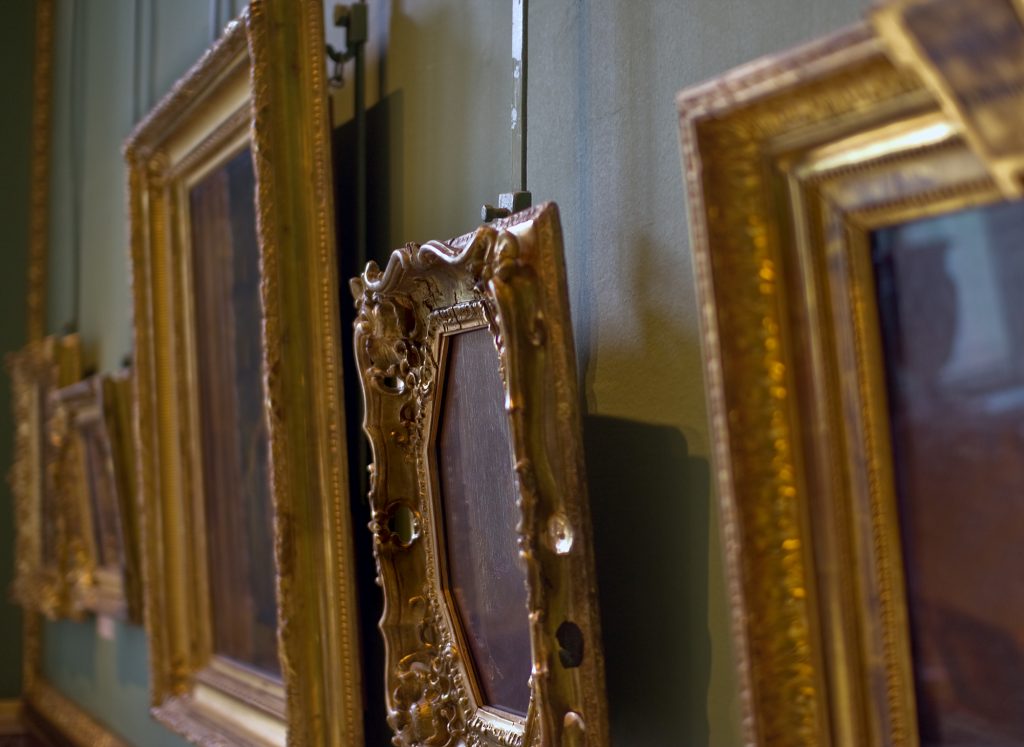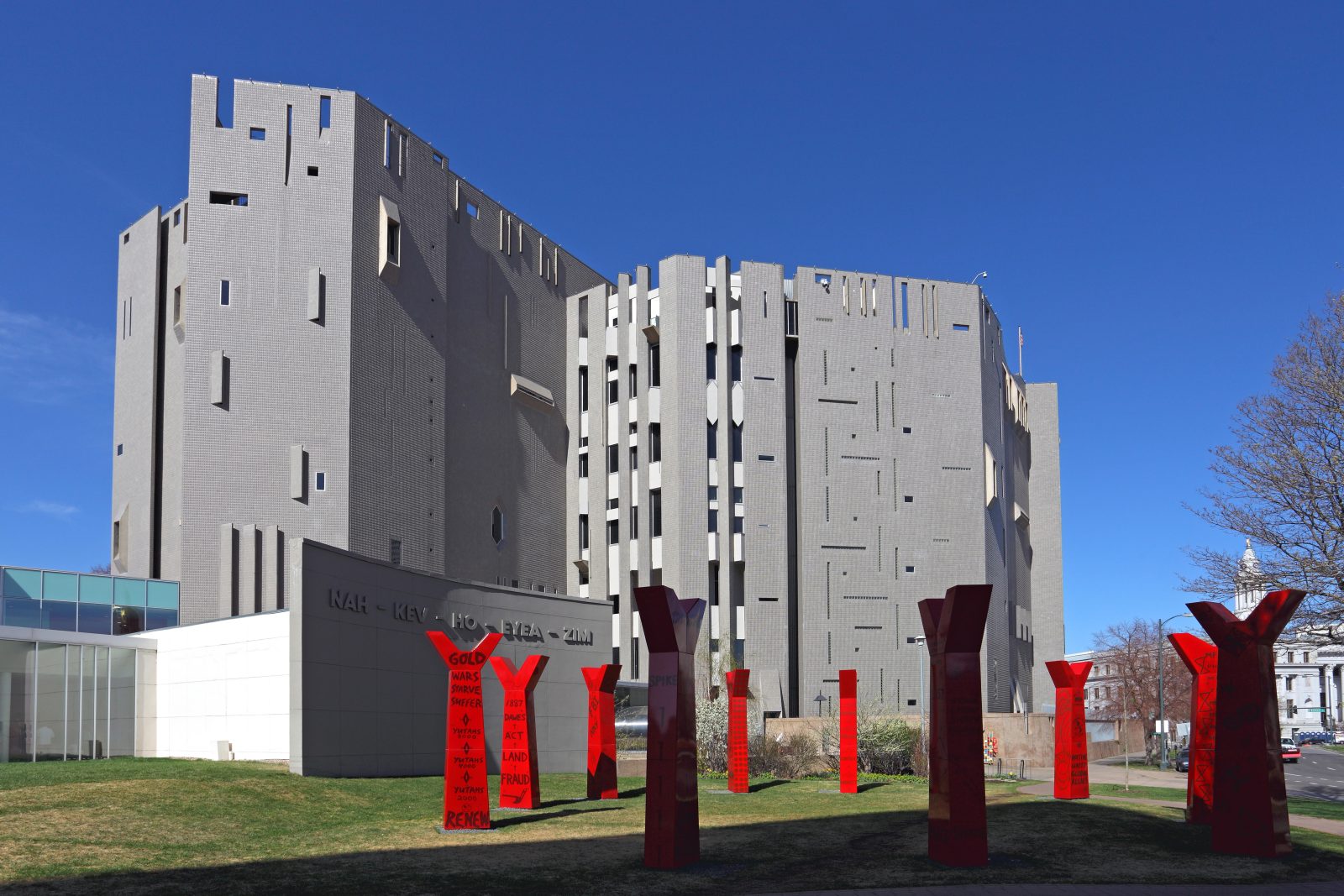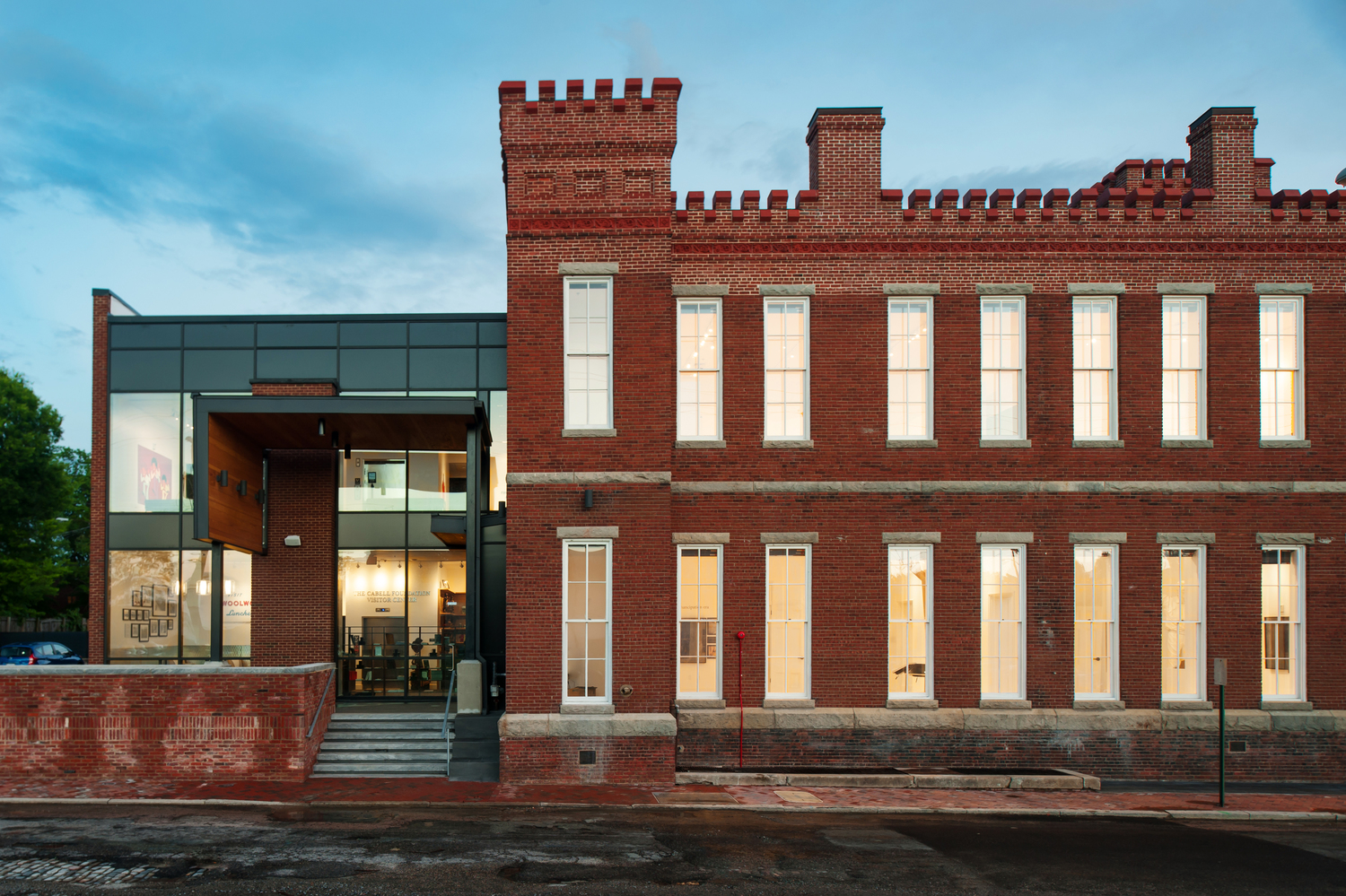The Art and (Building) Science of Museum Projects

Simpson Gumpertz & Heger Associate Principal Matthew Worster discusses the technical challenges involved with designing and rehabilitating museum spaces and shares his passion for taking on these projects.
Q. What makes working on museums unique?
Two things draw me to this type of work. First is the technical challenge. Museums usually require a high-performance facade with high thermal efficiency and air barrier controls for humidity and condensation. They may need to look fantastic – you might have artistic walls that aren’t straight up and down or straight across. You’re asking the facade and potentially the structure to do quite a bit. There is a high level of difficulty on some museum projects, requiring many of SGH’s capabilities, various viewpoints, and multiple levels of expertise. On these projects, I’m not only providing my expertise, I’m also learning from my colleagues to provide a multidisciplinary approach for our clients.
The second part that is fantastic about working with museums is that people genuinely care about the building. They mean a lot to our clients and serve a very important purpose in protecting and displaying art or artifacts to the public. Owners want that building to express who they are and become a work of art in its own sense. Working with people that care about their buildings, that are passionate about their buildings, is just straight-up fun.

Q. What are the challenges in renovating historic buildings compared to building new ones?
When you’re working with historic structures and adapting them as museums, one of the biggest challenges is almost always dealing with the air barrier and thermal insulation. Older buildings typically have a high rate of air leakage, which is not wonderful for energy, but if any moisture builds up in your walls, they probably dry out quickly. When you bring a museum space into that environment you need to keep the air humidity level constant. Now you’re trying to retrofit a lot of areas to control that humidity and continuity throughout. In the end, you’re changing how those walls behave – you may put insulation on the inside of them and make the wall colder or find that your new air barrier now blocks one of the mechanisms that used to help dry out your wall. The walls have multiple variables to understanding the performance.
In a new, modern museum, you have more control and fewer restrictions than working with existing historic buildings. Of course, you’re still going to have design, budget, and constructability restrictions, but you can choose from a broader palette of materials. You’ve got control over the whole bubble, if you will, as opposed to a situation where the workable space is limited.

Q. How does SGH innovate in its museum work?
One aspect that SGH has focused on is understanding how to model the air, moisture, and heat inside a room, and how those factors can affect locations where art may be hanging. We’re doing some work now with computational fluid dynamics, modeling how air moves around the room, what happens when that air gets close to a window or exterior wall. During winter, when room air reaches the cooler wall or window surface, it tends to fall as it cools down. Models can’t accurately capture all the complications. Our industry has recently started to recognize this and is beginning to publish some guidelines around condensation modeling, but modeling conditions at the window are still somewhat open to interpretation.
How windows are going to perform in-service and the actual condensation potential is highly dependent on a given heating, ventilation, and air conditioning (HVAC) environment. Are you going to feel drafts? Is it going to be warm enough? Will the air wash evenly over the entire surface of the window? Our ability to model these factors and accommodate all kinds of variations to provide meaningful results to building owners and mechanical engineers is something we continue to advance.